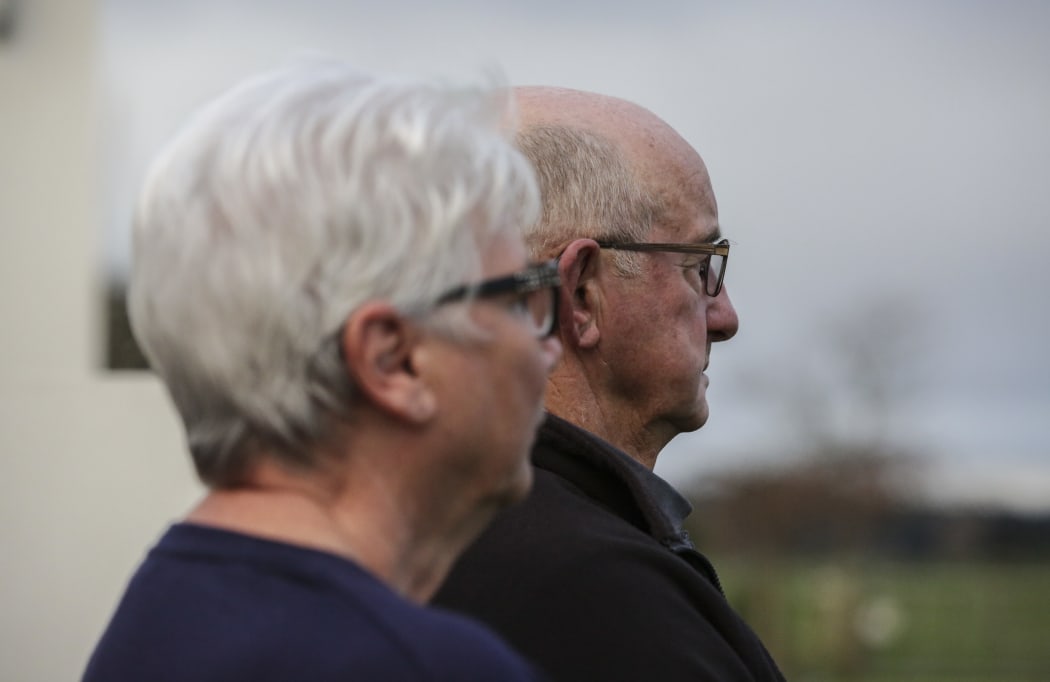Firefighting foam contamination of the water table is wreaking havoc with people in its path.
Auckland, Northland, Taranaki and Marlborough have all been hit.
Manawatū was held up by the government as the test case for how well officials would handle the contamination by the chemicals countrywide.
"In the very beginning it was very difficult to get any answers from Defence as to what was going to happen," said Ōhakea farmer Liz Kinloch.
"And I mean, we're eight or nine months on and actually worse off, because we're finding our tests are going up all the time."
Ms Kinloch and husband Bruce Kinloch thought they were gently winding down towards retirement, exchanging a dairying property for beef cattle.
"My great-grandfather was the original settler on this land," said Ms Kinloch. "It went out of the family for a few years and then we bought it back again. It had meaning.
"I think it's been poisoned."
The latest test results from groundwater under their farm show a huge spike in the chemicals, compared to several months ago. They don't know why; no one's explained it to them.
The Kinlochs are among two dozen families most directly in the path of the contamination that was spreading out from the firefighting training area on RNZAF Base Ōhakea.

Liz and Bruce Kinloch have had their water contaminated by firefighting foam. Photo: RNZ / Richard Tindiller.
"I drank the water from the taps every day growing up," said Andy Russell, who farms deer and cattle next door.
He now lives a few kilometres away towards the coast, though his deer are on the old family land that has been returning groundwater tests above safe levels for drinking.
He is about to get a blood test for the chemicals.
Few locals have had blood tests, though six or seven families are about to.
Defence has paid for new water tanks so they don't drink the bore water anymore. A community water scheme to tap a far-off clean well is at the design phase, and the government appears ready to pay for it.
It is still uncertain what, if any, the long-term health impacts are and how the chemicals got into the town water supply.
"They've done four rounds of testing now, and we were told by the scientists right up front that this chemical ... flushes itself out in water, so you would assume ... that after a year of testing we would have started to see some decline," said Manawatū district mayor Helen Worboys.
"But that's not the case."
She has failed to find any firm answers.
The Ministry for the Environment is leading the investigation into the contamination but officials sent to a meeting of a dozen affected farmers said they did not know.
Ms Worboys doubts the base even knows how to isolate the source of the contamination.
The Defence Force declined to allow RNZ on to the base or to interview the base commander. An interview with a spokesperson was offered in a narrow window of time on Friday but RNZ was not able to attend.
Mr Russell doubted he could sell his farm now. Same for the Kinlochs.
They first learned their land was tainted earlier this year from private consultants hired by the Defence Force.
"We want to speak to people who are going to say, 'Ok, we think this will happen, and that will happen', so we can move on," said Ms Kinloch.


